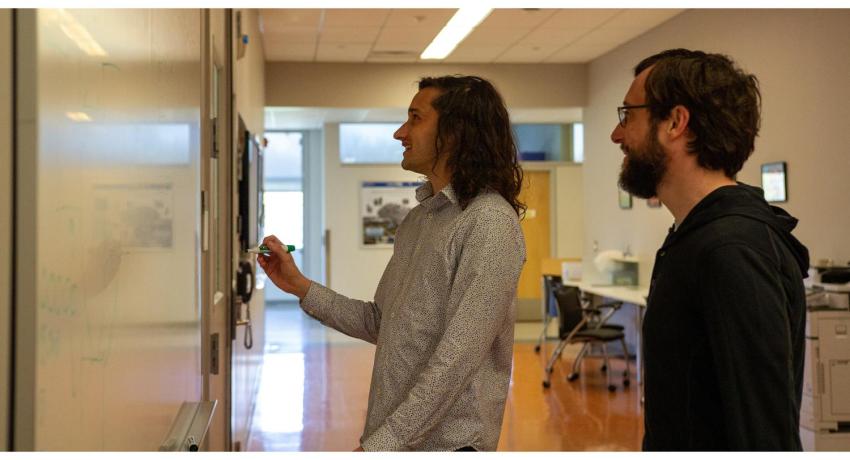$4.99M DOE grant to build domestic supply chain for critical minerals
By Patricia Craig
UNIVERSITY PARK, Pa. — A Penn State research team was recently awarded a $4.99 million grant from the U.S. Department of Energy (DOE) to develop and assess advanced separation technologies for the extraction and recovery of rare earth elements and other critical materials from coal, coal wastes and coal by-products.



